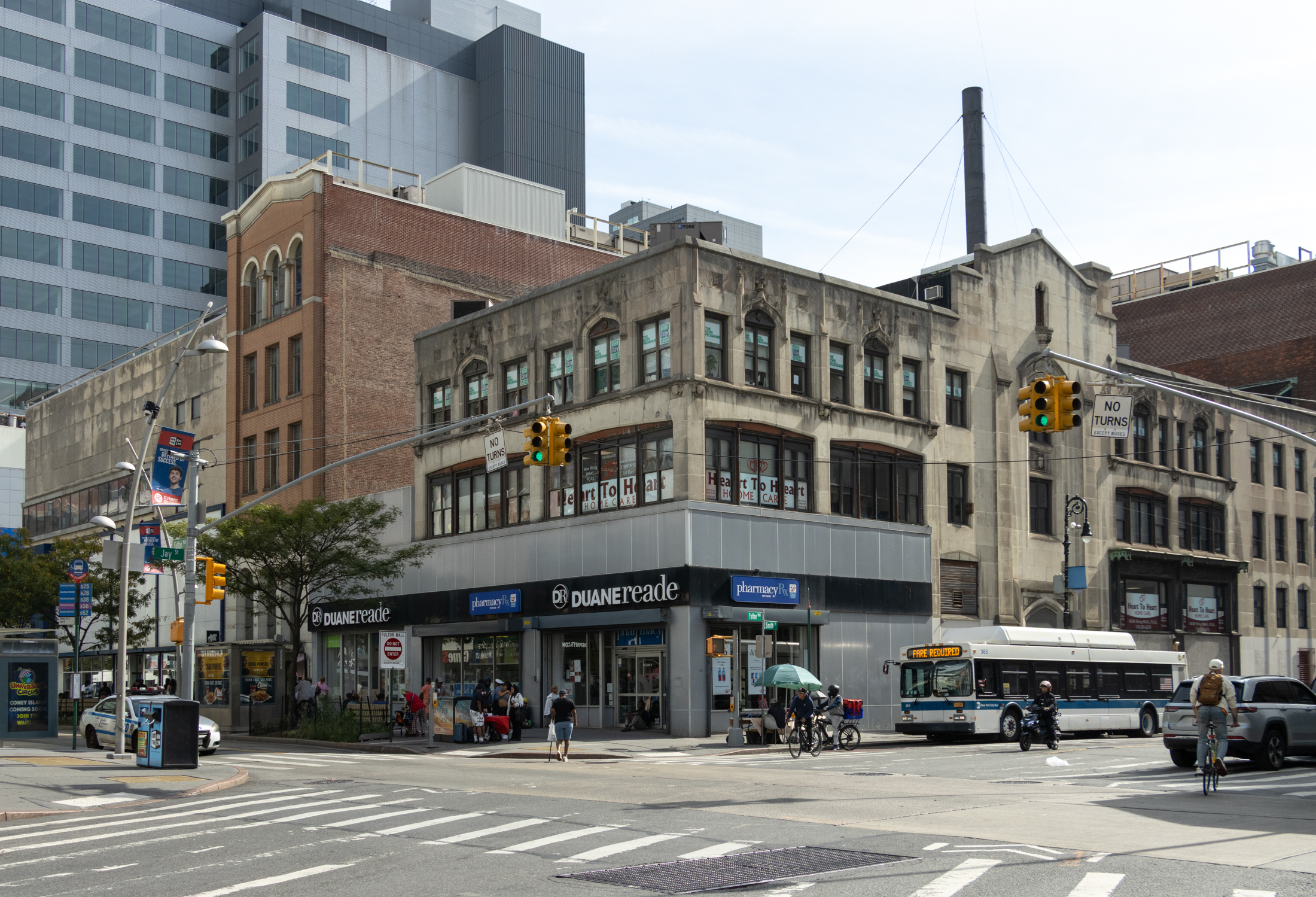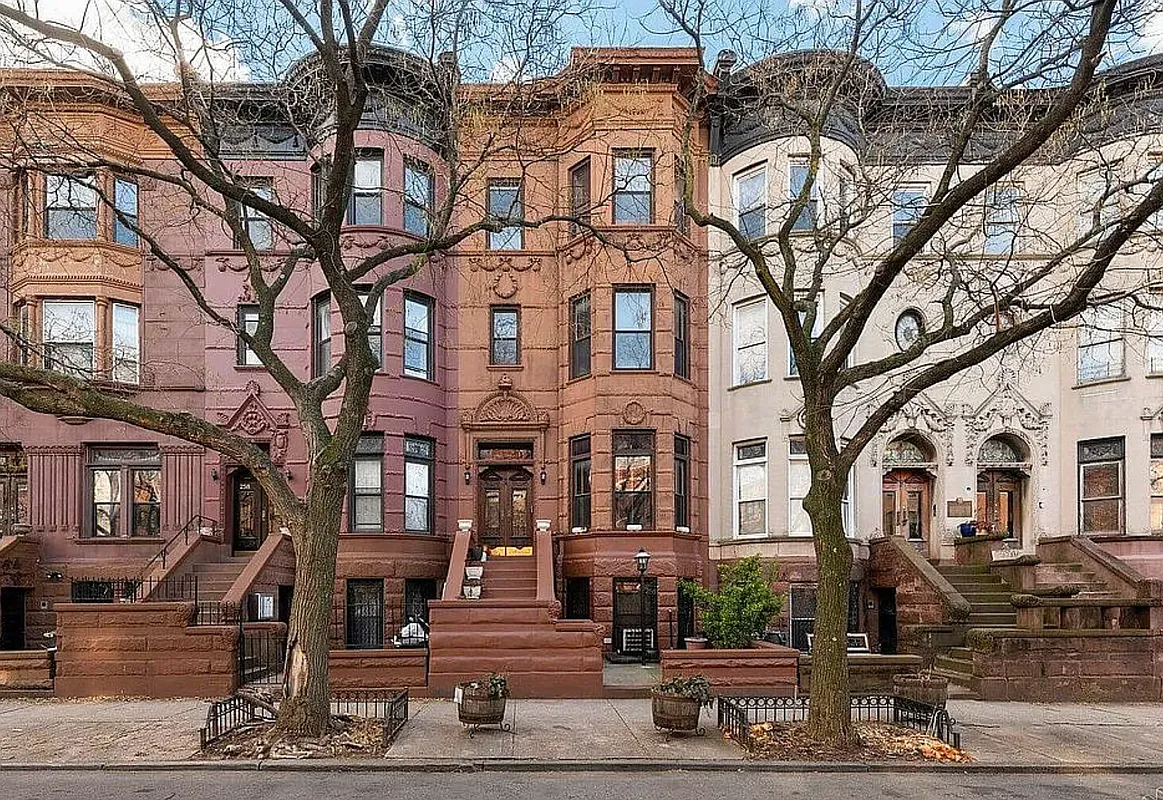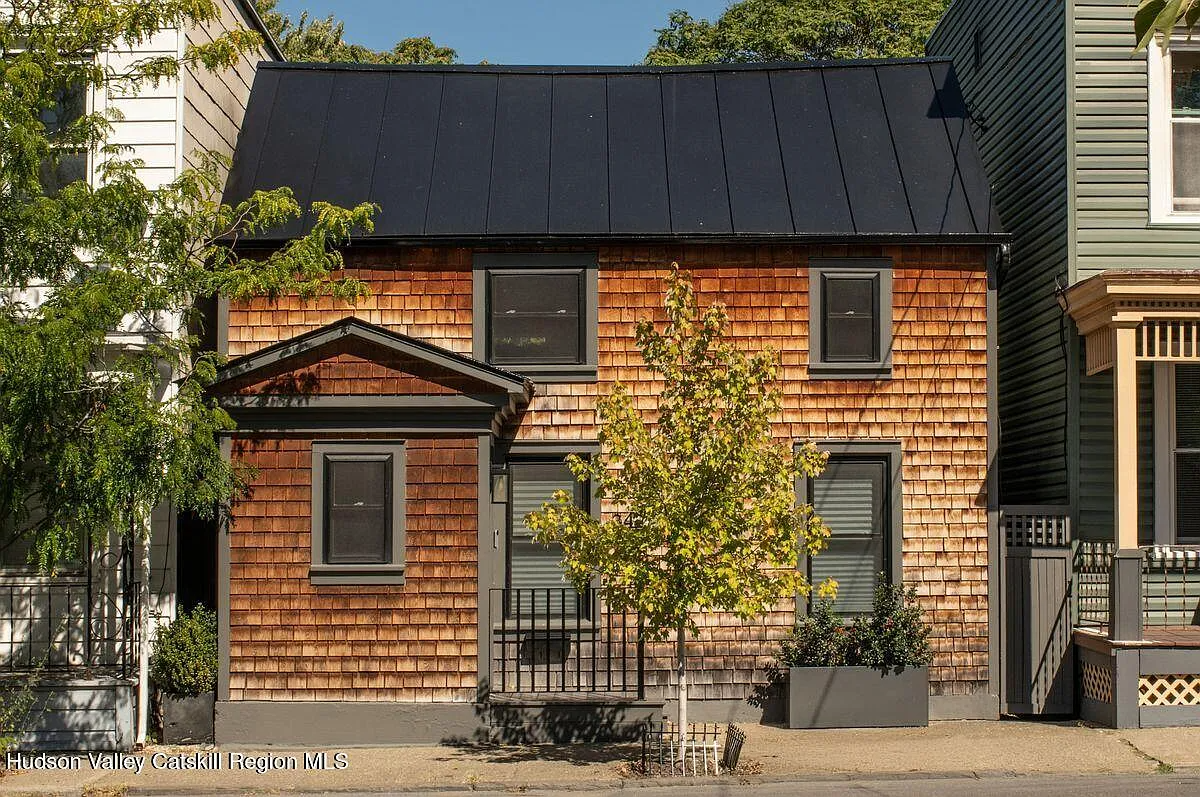Making Atlantic Yards a Black-and-White Issue
The map that ran with the Atlantic Yards article in yesterday’s Times was pretty neat. Not that the results were particularly surprising (they were about what you’d expect) but it was particularly interesting for us to see that Fort Greene and Clinton Hill, which get so much press for being so racially mixed are still…


The map that ran with the Atlantic Yards article in yesterday’s Times was pretty neat. Not that the results were particularly surprising (they were about what you’d expect) but it was particularly interesting for us to see that Fort Greene and Clinton Hill, which get so much press for being so racially mixed are still predominantly black on a pure numbers basis. As for the article, it wasn’t much fun being reminded of the appalling amount of race-baiting that’s gone on in battle for the hearts and minds of Brooklyn residents over the Atlantic Yards issue. We thought Brad Lender from PACC summed everything up the best:
If you live nearby, you have a nice home and you have a job, you’re probably not that excited by the benefits, and you’re swamped by the drawbacks. If you live a little farther away, and you don’t have a job and a nice house, then you probably get a lot more of the benefits. None of that is about race per se. But when you layer on that the people who live nearby are more likely to be whiter and wealthier, and the people who live farther out are more likely to be people of color without good jobs or housing, the race elements have become stronger.
We agree. It’s much more about class than race. It just happens to be that economic stratification in the neighborhoods surrounding Atlantic Yards happens to occur along racial lines so it’s a convenient lever for the powers-that-be to try to manipulate.
AY Development Through the Prism of Race [NY Times]





okay, I guess I deserved that one. Lesson learned.
I promised not to allow the disparaging remarks get to me. But they did. I ended up taking things out of context and blowing things way out of proportion. Apologies once again to any reader that I might have offended during my rant. CU later.
I told you fools that it was Pratt Institute about 24 hours ago!
“Who can identify the two “white” blocks east of Washington Ave and south of Lafayette and why are they so different from their surroundings?”
much sincere apologies to ‘just curious’. didn’t realize that you were referring to the nytimes map. also, didn’t realize that you were referring to two distinct sections of the nytimes map as opposed to a group of contiguous blocks east of wash and south of lafayette. Looks like I allowed Eryximachus and the rest of trolls to get to me.
Apologies again.
The block bordered by Lafayette, Clermont, Vanderbilt, and Greene is south of Lafayette. The block that is Pratt Institute is east of Washington. Those are the two blocks I was referencing in my original post.
just curious, you did say “south of Lafayette” in your original post. That was obviously a mistake. The block identified on the map above is actually North of Lafayette.
Looks like more than one of the posters to this blog need to brush up on their map reading skills.
I believe that block–Lafayette-Clermont-Vanderbilt-Greene–is a high school, right?
Hello, just curious here. I have no idea what I am supposedly being coy or racist about. I have no clue where the owner of the blog or the regular posters live. When I look at the map that was published in the New York Times, I see a few blocks noted as “majority white” where their surrounding blocks are noted as “majority black.” I did my own overlay with Google Maps and one of them, the L shape bounded by Willoughby, Hall, and De Kalb, is indeed Pratt Institute. So thank you to the pp who told me that. The other is bounded by Lafayette, Clermont (??), Vanderbilt (??), and Greene. I was just wondering why this particular block has a different racial make-up than its neighbors. I thought it stood out on the map.
I agree, it gets me down reading this sometimes.
lp,
okay. you are correct. Living on the block is a much different experience.
It’s difficult dealing with the inflammatory crap on a daily basis though.
I don’t think that every discussion about race has to become a virtual tinderbox. But I’ve never witnessed such unveiled racism and bigotry as the ones express in this thread. Not even when the discussion turns to Orthodox Jews and their housing and their synagogues.
All I can say is, keep having your fun and little games at other people’s expense. It might stir up an incendiary online debate; but bring those same values and habits to the real world and things are bound to get unpleasant (as in riots).